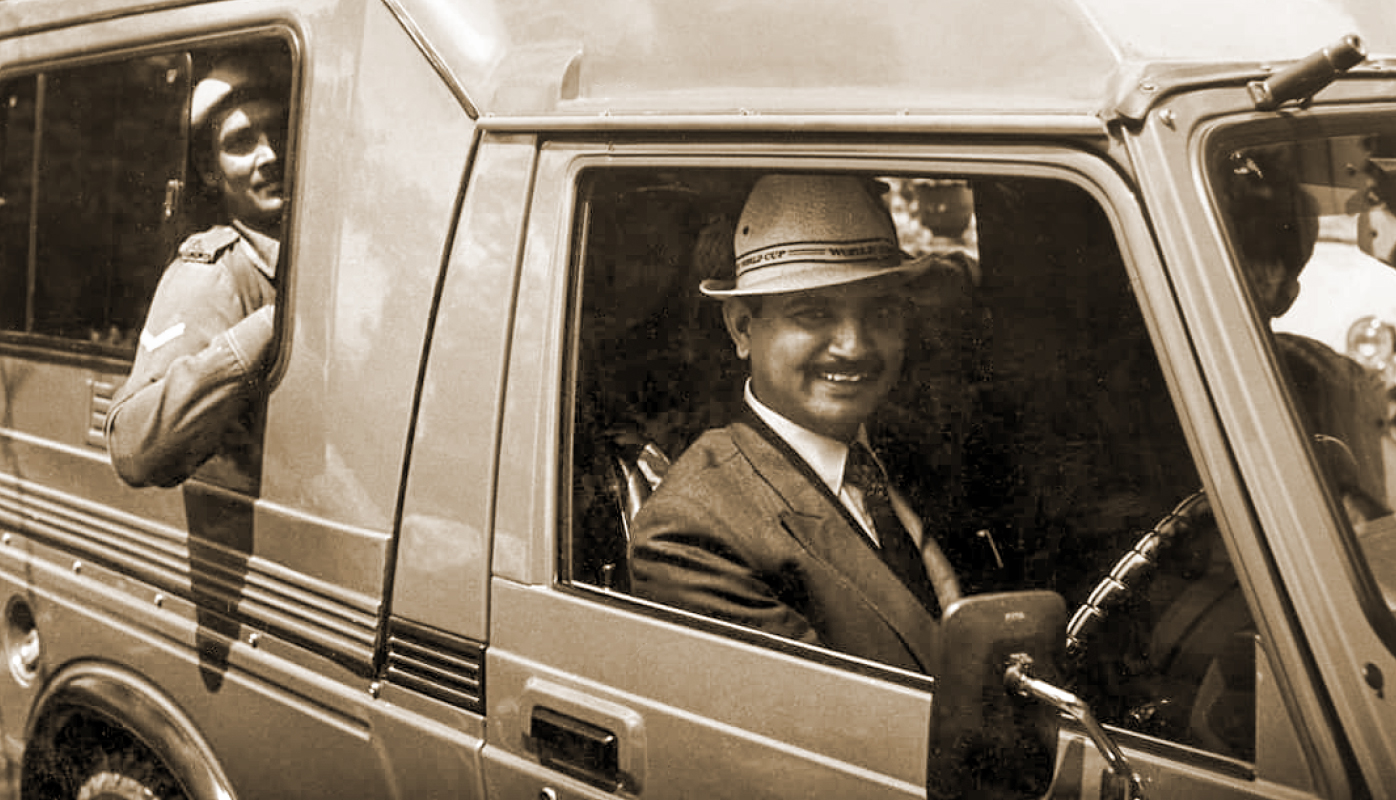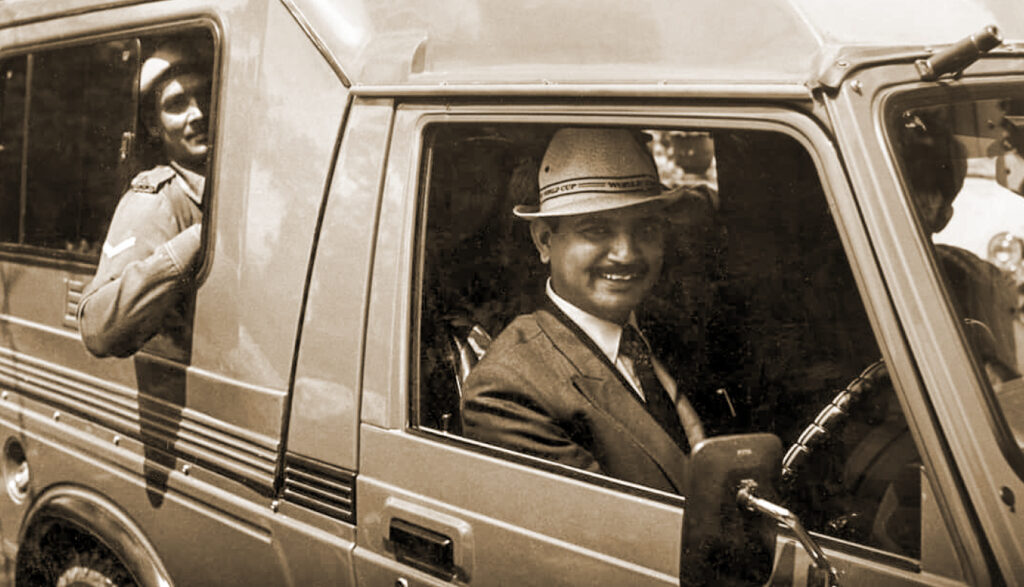Coming as it did, in the midst of Lockdown 4.0, Amphan was feared to be among the strongest cyclones over Bay of Bengal for over a century. Covid-19 had already set everyone wondering whether life will ever be the same again and Amphan added to the depression.

TV News blared; 48 hours before landfall this super cyclone raked up a speed of 270km at a distance of 600km south of Digha, the place of its landfall, and rose four miles into the sky. Its anticipated speed when it fell on the coast was 190km. At Kolkata, it was around 130km. Scary. The day before, on May 19, it was an eerie calm before the storm. By late afternoon, strong winds and a thick cloud cover with sprinkles of rain gave an idea of much worse to come.
On D-day, the morning was like a peak monsoon showers. By noon the wind speed gathered. News of landfall 100 metre down south started trickling in. The factories at Haldia were on red alert. Within an hour, communication with the industrial town got disrupted. Reports of extensive damage came in; though this region is not a stranger to cyclones, I was told the destruction was nothing like in the past.
By 5pm, in Kolkata the storm arrived. Soon power lines went off. Trees started swirling, with the high-speed winds grazing the trees, letting out an eerie whistling sound. It was nature in a different avatar. Restless. Aggressive. The weaker trees gave way, some falling sooner than expected. The intensity kept increasing rapidly. Mobile connectivity became patchy.
It was expectation of death almost all the time in the 28 months of the Gorkha agitation, and was the most memorable phase of my life.
By 6pm, the windows started rattling fiercely — as if a poltergeist was out to scare weaklings. No way one could step outside to watch the spectacle, as keeping balance in face of the enormous pressure of the fast intensifying storm would, to say the least, have been a challenge. Three hours of peak turmoil followed. In the all-pervading darkness it was impossible to see what was happening around. No TV. No mobile connectivity. Left alone to go through an unprecedented experience of the most feared super cyclone, I helplessly waited for the semblance of normalcy to return soon.
Around 10pm, in the darkness, I opened a side window, to get a whiff of fresh air and feel at least a part of nature’s fury. Chilled winds barged in, lifting the mood instantly. The mind started racing — memories of my days as district magistrate in South 24 Parganas, where estuarine islands occupy half of the area, came rushing in. Memories of managing an emergency to tackle the storms raging then.

The chilled wind also reminded me of much cooler environs — Darjeeling, where I spent the best and the worst of times of my life. Memories of the militant agitation for a Gorkhaland province.
In Darjeeling, during the peak of GNLF agitation in 1986–89, on days of bandh (once it was for 40 days), on rare occasions in the night while at home, I would sit in darkness — there was no power — near the French window, with a peg of whiskey, and a revolver in my kurta pocket, and stare at the faintly visible moonlit Kanchenjunga. It elevated me to another world… of idyllic Shangrila!
Those moments were total bliss. The surrealistic feeling of sublime loneliness, the calm of the mind, as the thought of the all-pervading warlike situation outside (despite shattering sounds of bombs disturbing peace of mind in between) receded with the magical attraction of nature in all its splendour and glory.
I miss those days — the memories of hardship, constant thoughts of a possible attack, and the struggle one had to go through to be the only voice of sanity amidst warmongerers. Only the best of memories remain now at the top of mind, adding a little to my inner peace and calm even now.
This raging storm took me back to Jan 17, 1987. The night before, DIG Handa and I, along with two IPS officers, and around 150 policemen, moved from Siliguri via Gorubathan to Kalimpong. We had started at around 11 pm.
The first four vehicles were civilian cars and all of us were in plain clothes — with revolvers in pocket. Destination — the 10th mile in Kalimpong. Objective — to surprise C K Pradhan who used to stay at the 10th mile. And to arrest him. He was the unchallenged boss of GNLF, Kalimpong. A ferocious name… a man who lived a life of Robinhood, with enormous following.
We reached the 10th mile at around 5 am. Quietly we got down from the cars. Spotted his house on the hillside, about 200 metres above road level. Six of us started climbing up stealthily, with minimal sound. Reached his place and two of our officers in front barged into the house by breaking the front door. But in a flash, Pradhan jumped out of the backside window and he was gone. Frustration.
The town looked like it was taken over. All of us decided to camp in Kalimpong for the next few days (we were not prepared for night halt). To control an area that seemed to have declared virtual autonomy — because of the distance from Darjeeling and a high proportion of ex-Army men leading a violent movement. The streets had so many GNLF flags hanging crisscross on ropes across the roads, that one could barely see the sky above.
We reached the thana (local police station) with around 120 CRP and State policemen guarding it as if just prior to a big operation. We thought that would help to send a signal of fear among locals. But reality was otherwise. When DIG Handa and I stepped outside, we saw the local boys, many in Army-type jungle uniform, ignoring us completely as if we were inconsequential.

Handa intercepted two boys in their teens; put his hand in one boy’s bag and found a bomb. He shouted at him — and I instantly slapped him. That was enough. The CRP just got cracking. They did not wait for any orders, and started a robust and random lathi-charge on anybody they could lay hands on. Shops were shut, stones were thrown and a number of arrests were made.
The next four hours witnessed many small incidents that are difficult to forget. A person revealed his name as Kalu. And someone said he was the driver of Pradhan. In a minute or two, around 200 lathi blows were showered on him. But when I asked in Nepali, the guy, in extreme pain, pleaded that he is not the one we thought he was. I gave him the benefit of doubt, feeling sad about collateral effect on an innocent person. This is the story everywhere. The feeling was we could establish our presence by the afternoon and restore some kind of normalcy, by demonstration of force, pulling down all GNLF flags, arresting several men, and looking for Gorkha Volunteers Cell (their private Army) activists.
But at twilight the story changed — the entire town looked like it was Diwali. Bombs flying from the hillside to the road where we were standing, following us — from almost all houses. There were casualties, arrests. Late that night, we thought the best place to take rest would be the Silver Oaks Hotel in front of the thana. But the staff had fled in a kind of a boycott, with only two non-locals staying on. One of them was forced to cook some food; the bar had to be broken open to wet our dry lips. A little relief in a hugely tiring day that exhausted officers and men alike.
After midnight, as we sat down for dinner, there was a deafening sound, a bomb went off, and splinters of the shattered glass fell on our bodies and food. Fortunately, there were no injuries. We fired from inside to the dark areas outside, got no response and returned to our dinner. But this time there were gun shots and we now knew this was serious business. Firing continued from both sides and we later knew they had planned to burn the hotel… the age-old method of information leakage had happened. And thus we spent one of the most tense nights in the turmoil days in Darjeeling. This was one more turning point of the agitation. The movement got more violent, our response got more intense.
The raging Amphan storm brought more memories; of Feb 18, 1987, I was driving the DM’s Ambassador car and the DIG was by my side, and others in the back seat. We were returning from a night-long operation and our convoy had 24 vehicles. We were ambushed 5km before Mirik — in the attack a huge boulder was rolled, perfectly aimed at our car, from the height of around 1,000 feet on the hillside left to our car.
The boulder crashed on to the rear of the car on the right side, severing the back door on the right, and then jumping down the valley side to a depth of 4,000ft, taking a hut on the road down all the way. But there were no injuries; and as we got back, I joked: “This is the third time we have escaped death in 45 days. We are not going to die anytime soon.”
Every time I went out of the bungalow, the thought of assault by a sniper crossed the mind. It was expectation of death almost all the time in the 28 months of the Gorkha agitation, and was the most memorable phase of my life.
The writer is a retired IAS officer.






